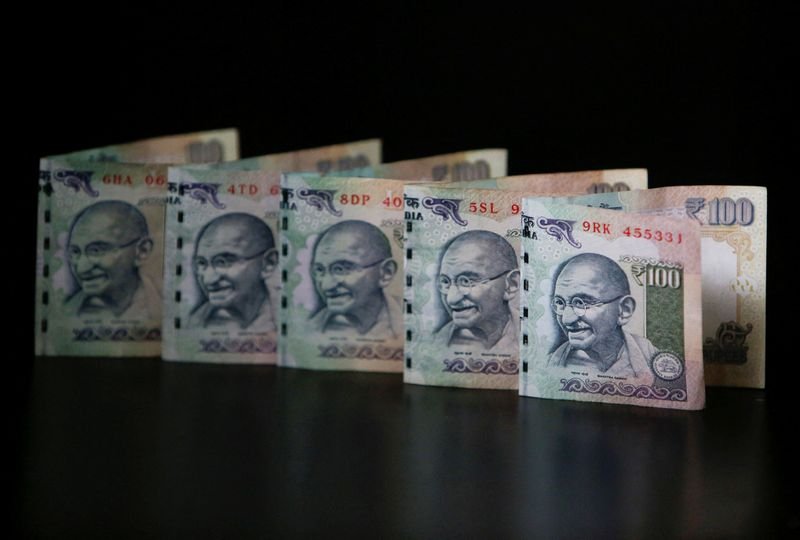What’s going on here?
The Indian rupee is struggling with a strong US dollar and high US Treasury yields, hovering near its record lows despite intervention efforts by the Reserve Bank of India.
What does this mean?
The US economy’s firm grip and concerns over persistent inflation are boosting the US dollar and US Treasury yields, pushing the 10-year yield to a three-month high of 4.23%. This exerts downward pressure on the Indian rupee, which may stay near its all-time lows. However, the Reserve Bank of India (RBI) is actively managing this situation, keeping the rupee’s depreciation under control. RBI’s interventions are vital, especially amid investor sentiment tempered by expectations of minimal or no rate changes at the next Federal Reserve meeting. Meanwhile, the dollar index rose to 104.12, its highest in over two months, while Brent crude prices eased to $75.9 per barrel.
Why should I care?
For markets: A tale of two economies.
The dollar’s strength, driven by US economic resilience, affects global markets by increasing attraction towards US assets, which might dampen emerging markets like India. Nonetheless, foreign investors purchased $1.27 billion in Indian equities on October 21, indicating sustained interest amid currency volatility. However, they also sold $34.1 million in Indian bonds that day, reflecting a cautious stance on debt.
The bigger picture: Global ripples from the US.
US economic indicators, including anticipation over Donald Trump’s potential election impact, are influencing global currency dynamics. The US Federal Reserve’s decisions are crucial, with even minor rate changes able to cause significant worldwide effects. Grasping these shifts offers insights into global economic strategies, particularly for countries balancing domestic interventions with external pressures.







